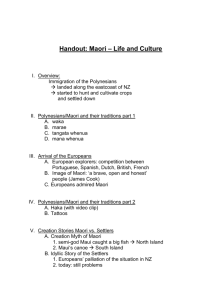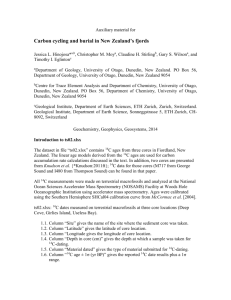here
advertisement
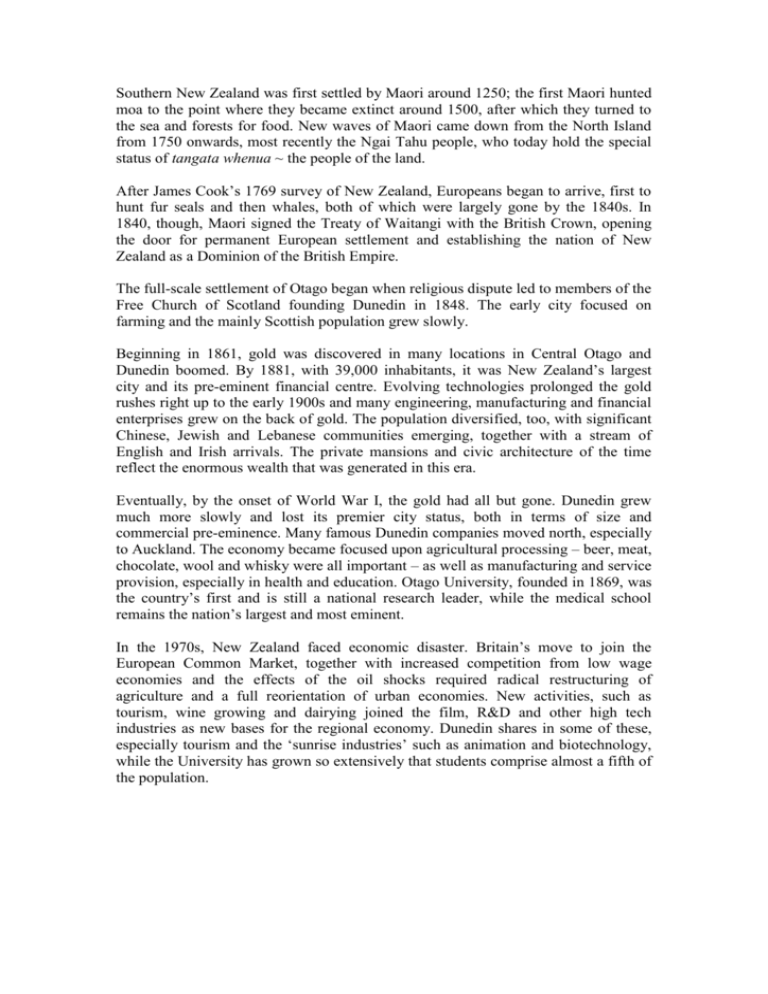
Southern New Zealand was first settled by Maori around 1250; the first Maori hunted moa to the point where they became extinct around 1500, after which they turned to the sea and forests for food. New waves of Maori came down from the North Island from 1750 onwards, most recently the Ngai Tahu people, who today hold the special status of tangata whenua ~ the people of the land. After James Cook’s 1769 survey of New Zealand, Europeans began to arrive, first to hunt fur seals and then whales, both of which were largely gone by the 1840s. In 1840, though, Maori signed the Treaty of Waitangi with the British Crown, opening the door for permanent European settlement and establishing the nation of New Zealand as a Dominion of the British Empire. The full-scale settlement of Otago began when religious dispute led to members of the Free Church of Scotland founding Dunedin in 1848. The early city focused on farming and the mainly Scottish population grew slowly. Beginning in 1861, gold was discovered in many locations in Central Otago and Dunedin boomed. By 1881, with 39,000 inhabitants, it was New Zealand’s largest city and its pre-eminent financial centre. Evolving technologies prolonged the gold rushes right up to the early 1900s and many engineering, manufacturing and financial enterprises grew on the back of gold. The population diversified, too, with significant Chinese, Jewish and Lebanese communities emerging, together with a stream of English and Irish arrivals. The private mansions and civic architecture of the time reflect the enormous wealth that was generated in this era. Eventually, by the onset of World War I, the gold had all but gone. Dunedin grew much more slowly and lost its premier city status, both in terms of size and commercial pre-eminence. Many famous Dunedin companies moved north, especially to Auckland. The economy became focused upon agricultural processing – beer, meat, chocolate, wool and whisky were all important – as well as manufacturing and service provision, especially in health and education. Otago University, founded in 1869, was the country’s first and is still a national research leader, while the medical school remains the nation’s largest and most eminent. In the 1970s, New Zealand faced economic disaster. Britain’s move to join the European Common Market, together with increased competition from low wage economies and the effects of the oil shocks required radical restructuring of agriculture and a full reorientation of urban economies. New activities, such as tourism, wine growing and dairying joined the film, R&D and other high tech industries as new bases for the regional economy. Dunedin shares in some of these, especially tourism and the ‘sunrise industries’ such as animation and biotechnology, while the University has grown so extensively that students comprise almost a fifth of the population.
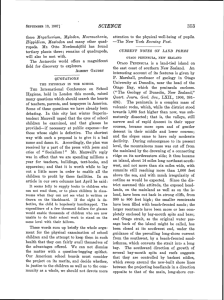
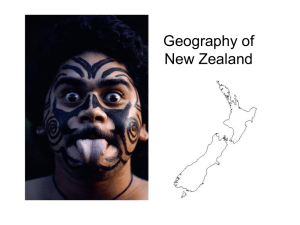
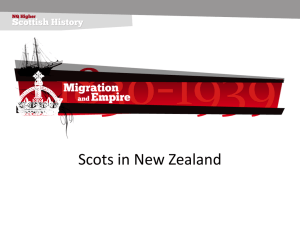
![the registration form [DOC format, 30KB].](http://s3.studylib.net/store/data/007326701_2-7aa061ae2787fe2d09dcfa408150476a-300x300.png)
